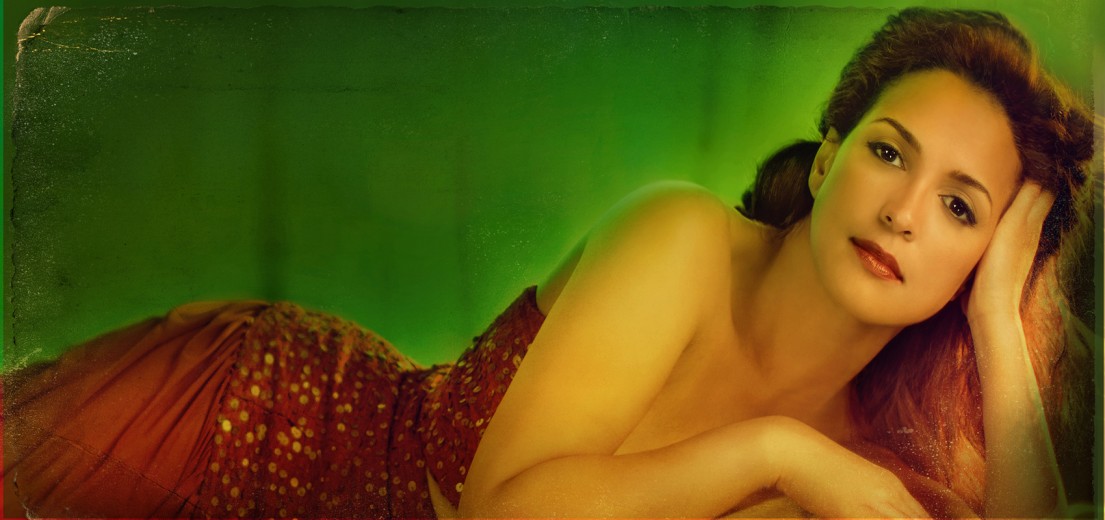When the 1940s Dominican screen siren Maria Montez decided she wanted to play more serious roles she was met with opposition from studio execs. They felt that Montez was better fit for the “exotic and sexy” characters that made her famous. Refusing to be typecast, the actress turned down roles in films like Frontier Gal and set off to create opportunities she felt she deserved. Her life and fame might have been left to the history books if not for Celines Toribio, another Dominican actress, who decided it was time to bring her compatriotas story to the masses.
Toribio encountered the same uphill battles when she left New York, and a successful TV and radio career, to pursue acting. “When I moved to Los Angeles, it was not happening for me,” Toribio said. “ I was met with rejection after rejection. When it was not my accent, it was my size; when it was not my skin color, it was my hair. It got me depressed.”
After reading about Montez’s life Toribio estaba encendida. “I read her books and thought, ‘Wow! This woman was amazing! She did all this?’ So, that’s when I decided ‘If she did it, so can I,’” she said.
To honor her inspiration Toribio produced the Spanish-language film Maria Montez: The Movie, a biopic on the “Queen of Technicolor” herself. “Maria Montez is one of the first Latinas to conquer Hollywood in the ‘40s,” Toribio said. “She overcame all of the barriers: language, skin color, nationality, race.”
Montez’s journey to superstardom was a tumultuous one. She entered an industry that at the time was entirely dominated by white actors, directors and producers. Her beauty, however, quickly propelled her forward. She filmed 26 movies for Universal and had leading roles in escapist films such as, Ali Baba and the Forty Thieves, Arabian Nights and Cobra Woman, which is how she gained the title “Queen of Technicolor.” Montez went on to become the biggest draw for Universal Studios during the World War II era.
But Toribio’s determination was met with obstacles once again—-this time in her own country. “My career has been in mass communication and theatre, so going to the Dominican Republic where men dominate the film industry, it was like, ‘What is this girl from TV doing here?’ Even in my own country I felt like a foreigner. They questioned whether I should be taking on such an iconic person in our history and producing this film,” Toribio recalled of local filmmakers hostility towards her.
Despite the negative feedback, Toribio along with her talented team of writers, set designers and costumers forged ahead and completed the film in three years.
Toribio also procured the assistance of members of the Montez family which was a task in and of itself since most of her close relatives had passed away. “We have a niece of Maria Montez who acts in the movie, Dominic Fuentes. She’s among the grandkids of Maria Montez’ brothers and sisters.”
When asked what she hopes will be the biggest take away from the film, Toribio said, “I want them to come away with [the message] that anything is possible. I want women to be reminded that the strength has to come from within them, because that’s what [Montez] taught me. She motivated me to keep on going and to create my own platform.”
Maria Montez: The Movie is currently playing in select theaters. For information on list-ings, visit MariaMontezTheMovie.com.


